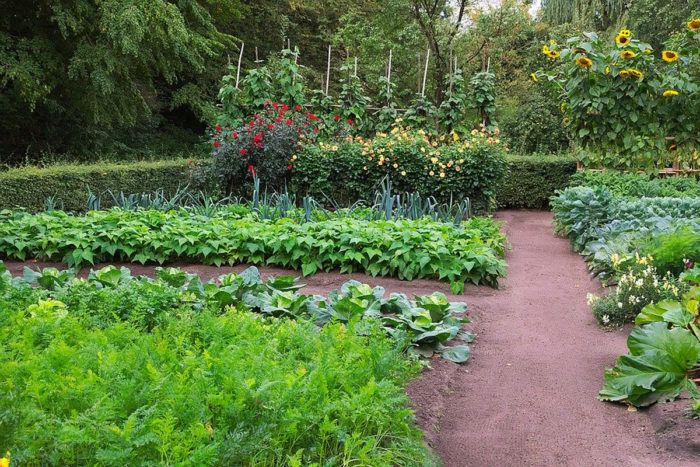
In light of recent events surrounding the novel coronavirus, I want to discuss a wave sweeping the country, including the Mountain West—the resurrection of Victory Gardens. Between stay-at-home orders, reluctance to touch produce at the grocery store, food bank lines circling blocks, and visuals of farm crops being plowed under, is it any wonder we are seeing a resurgent interest in growing our own food?

Victory Gardens began in World War I when governments encouraged citizens to plant edible gardens in their yards and public areas in order to help shore up the food supply as well as to boost morale. Ever since, Victory Gardens have been revived in times of crisis—like right now.
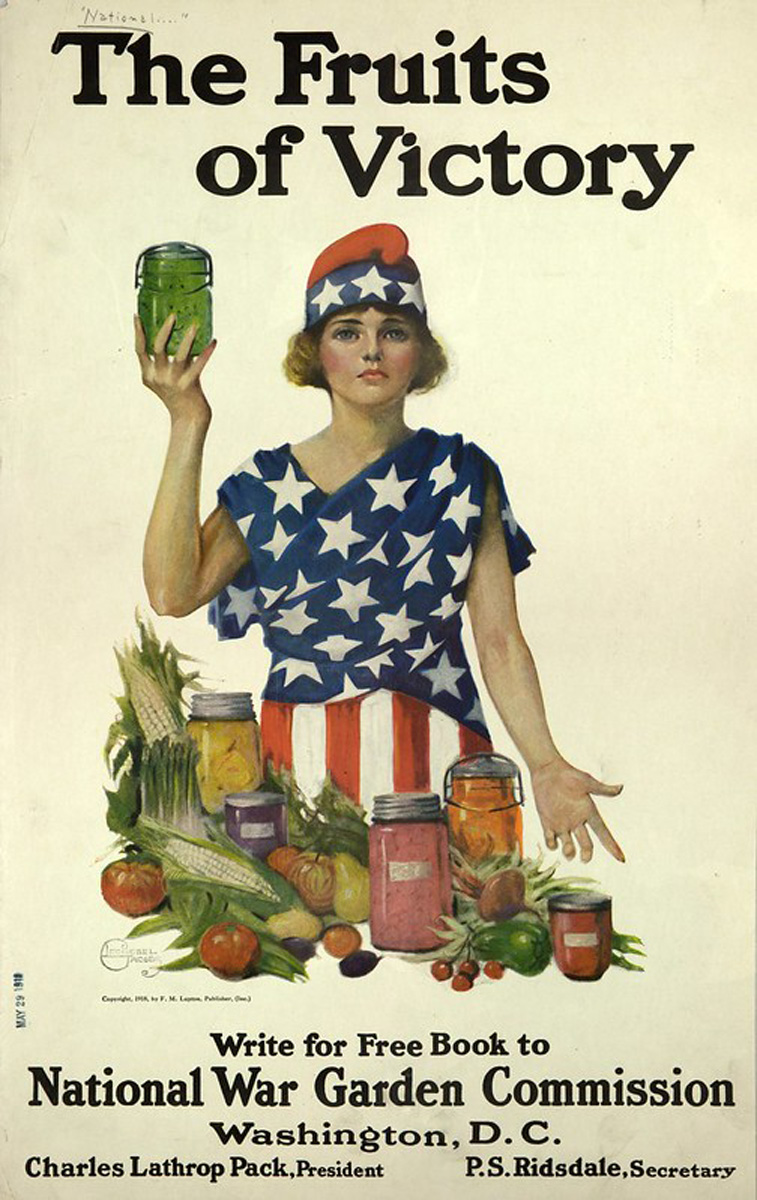
The first signs of the growing movement occurred just a few weeks ago as seed companies began reporting rapidly increasing sales. Our very own Mountain West seed company, Botanical Interests, had to pause online sales for two weeks in April in order to catch up with purchases in the queue and still allow its staff to practice social distancing while filling orders. Local nurseries are reporting increased interest in and sales of fruit and vegetable crops as well, both plants and seed.
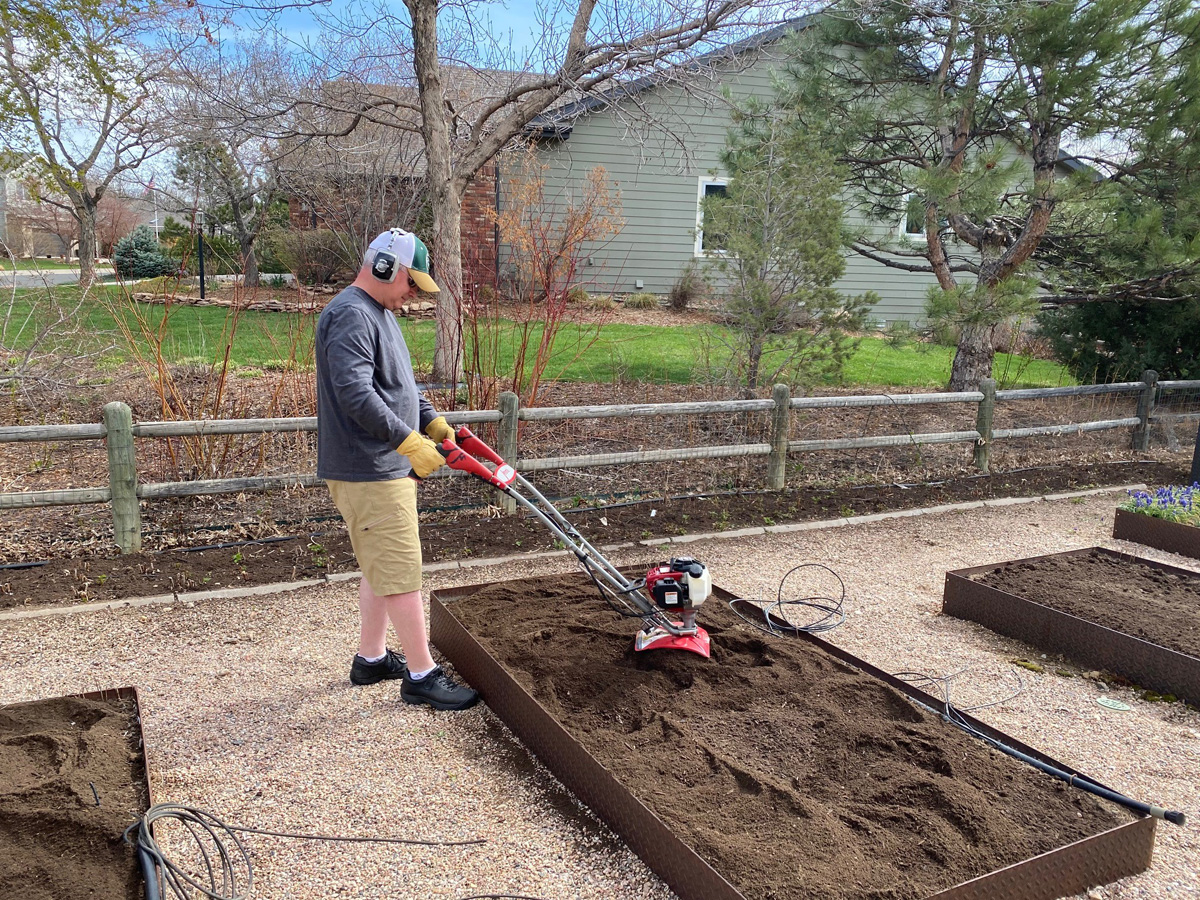
Many residents are adding vegetable garden beds for the first time. More experienced gardeners are carefully planning their beds to maximize production. I have designed this year’s vegetable garden to increase crops for storing, freezing, and canning purposes. Based upon these changes and assuming a good crop, I’m going to be very busy in late summer and into fall. Here are some of the adjustments I have made.
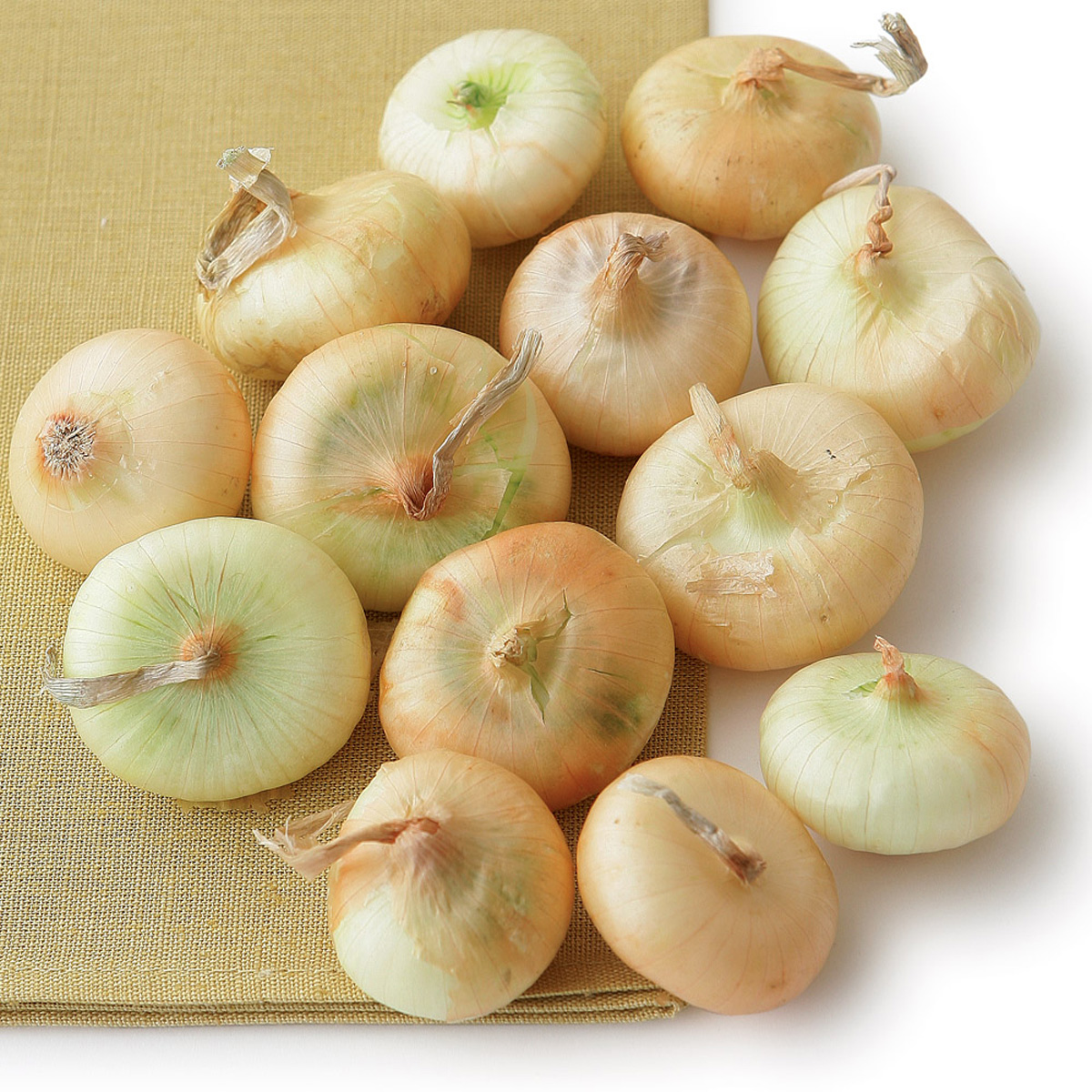
Onions
Usually I plant onions like ‘Walla Walla’ that are suitable for eating fresh, but this year I added more storage onions (these typically require 14 hours or more of sunlight per day), such as ‘Cabernet’, and some for pickling. There are several cipollini varieties available that are perfect for pickling.

Squash
I always have more summer squash than I can use, so this summer I plan to freeze some to add to soups and other dishes. In addition, I added more winter squash than usual to the garden for storage in our basement throughout the winter. I’m growing acorn, spaghetti, and butternut squash, ‘Delicata’ squash, and pie pumpkins.
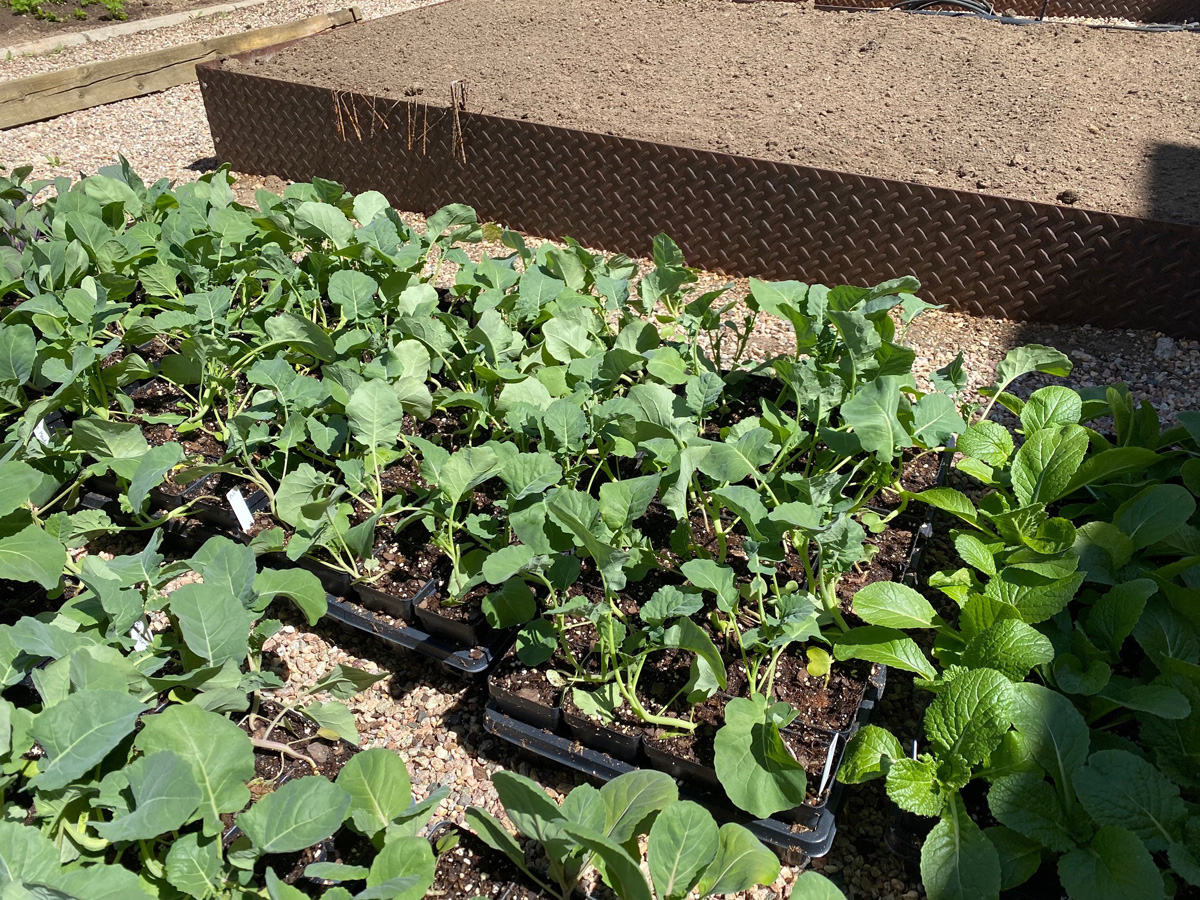
Broccoli and cauliflower
Both of these crops are easy to freeze, so I’ve added several different varieties to our garden, including ‘Arcadia’, ‘Belstar’, and ‘Imperial’ broccolis, and ‘Graffiti’ and ‘Snowball’ cauliflowers.
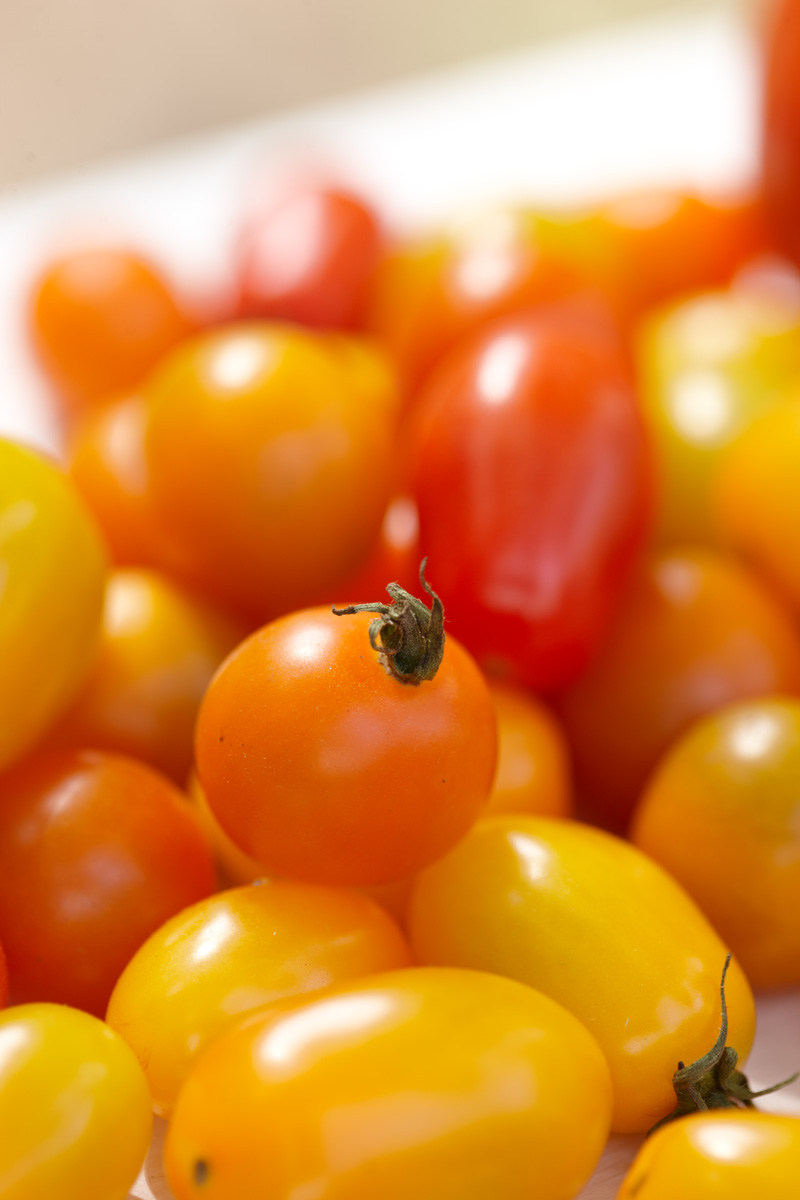
Tomatoes
I haven’t grown paste tomatoes for several years. Quite frankly, I’ve been lazy about freezing them or canning tomato sauce. This year I’ve added ‘Amish Paste’ and ‘Roma’ to my garden for just those purposes. I also added an extra cherry tomato plant to have sun-dried tomatoes throughout the winter.

The length of growing seasons varies widely across the Mountain West. It is important to know your specific USDA Zone and average first and last frost dates for your area. You may need to select varieties that mature in a shorter number of days (listed on the seed packet) than the ones listed here, which do well on Colorado’s Front Range.
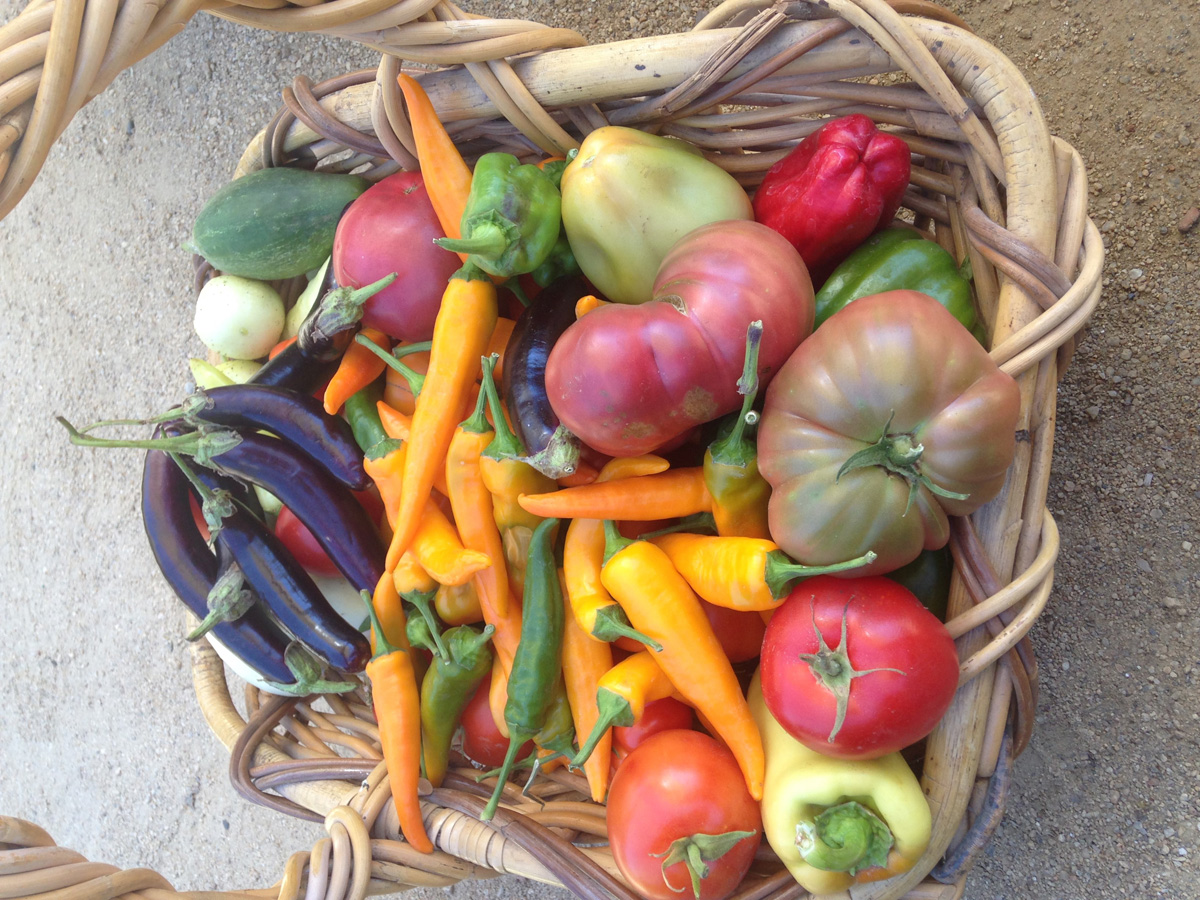
In addition to adjusting our usual vegetable garden strategy for personal use, I am making sure to grow extra food for neighbors and the community at large. Many communities have Plant-a-Row or other donation programs for local gardeners to grow and donate fresh produce to those in need. As food bank demand surges, this is one way we can all help during this pandemic.
Working in the garden provides physical activity and numerous mental health benefits. Growing produce provides nutritious food for our bodies. Gardening in general allows us to connect to the earth and to each other. All are essential during these trying times. I am wishing each of you a safe and healthy growing season this year.
—Michelle Provaznik is executive director of the Gardens on Spring Creek in Fort Collins, Colorado.




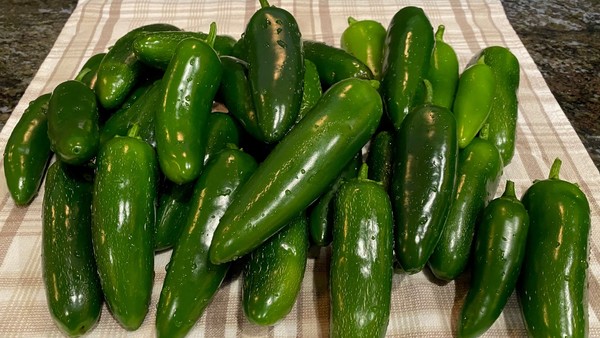













Comments
Log in or create an account to post a comment.
Sign up Log in